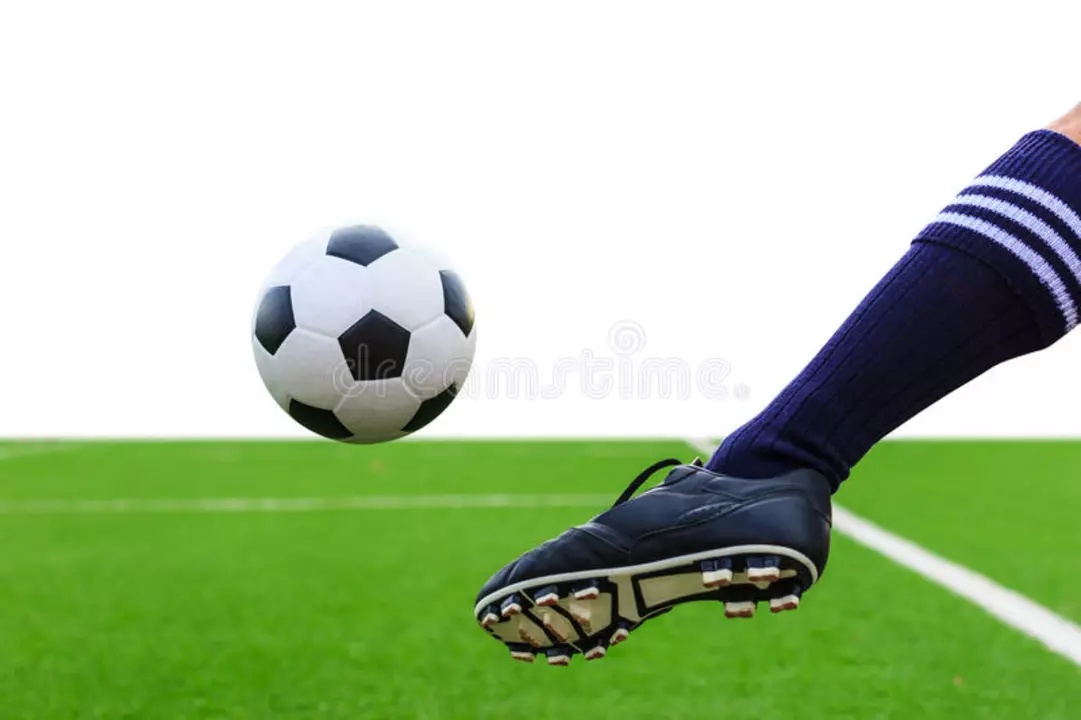Proper Contact in Soccer: Play Safe and Stay Competitive
Contact is part of every soccer match, but not all contact is equal. Knowing the difference between fair challenges and risky moves can keep you on the field longer and avoid costly injuries. Below we break down the basics of proper contact, why it matters, and simple steps you can use every time you step onto the pitch.
Why Proper Contact Matters
When you tackle with the right technique, you protect both yourself and the opponent. Bad contact often leads to fouls, yellow cards, or even broken bones, which hurts the team’s chances. Proper contact also respects the spirit of the game – it shows you care about fair play and the health of other players. Referees watch for reckless challenges, so mastering safe techniques helps you avoid penalties and stay in the action.
Top Tips for Safe, Effective Contact
1. Keep your eyes on the ball. Watching the ball, not the opponent’s legs, gives you better balance and timing. It also prevents you from diving in at the wrong moment, which can cause a foul.
2. Use your body, not just your feet. A well‑placed shoulder or hip can guide an opponent away without a reckless slide. Stay upright and use your torso to shield the ball when you’re being challenged.
3. Approach at an angle. Coming in straight on makes you a target for a push. An angled approach lets you steer the opponent away while keeping control of the ball.
4. Communicate loudly. Call out “I’m going in!” or “Man on!” so teammates and the opponent know your intention. Clear words reduce surprise and help the referee see you’re playing fair.
5. Stay low and balanced. Bend your knees and keep your weight centered. A low center of gravity gives you the power to win a duel without slipping or over‑reaching.
6. Practice timing in training. Work on one‑on‑one drills that focus on when to engage. Repeating the right movement builds muscle memory, so the right decision feels natural during a match.
Remember, proper contact isn’t just about avoiding cards – it’s about playing the game the way it was meant to be played. You’ll feel more confident, avoid injuries, and help your team maintain possession longer.
If you ever feel unsure, watch professional matches and notice how top players use their bodies. Look for moments when a defender wins the ball with a clean shoulder tap or a midfielder shields the ball without lunging. Those are the moments you want to copy.
Finally, keep the conversation with your coach open. Ask for feedback after every game: “Did I time my challenges well?” or “How can I improve my positioning?” Regular input helps you fine‑tune your approach and stay on the right side of the law.
By following these simple steps, you’ll turn proper contact into a habit. The result? Fewer fouls, more playing time, and a safer environment for everyone who loves soccer.
